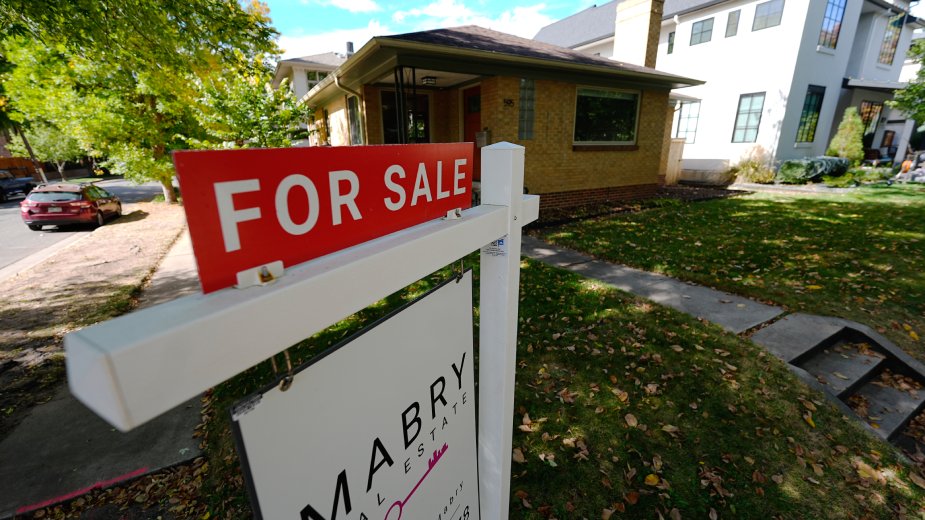NFIB: Small-Business Optimism Lowest Since 2012
COLUMBUS, Ohio – The NFIB Small Business Optimism Index decreased in March to 88.5, the lowest level since December 2012.
This is the 27th consecutive month below the 50-year average of 98. The net percent of business owners raising average selling prices rose seven points from February to a net 28% percent seasonally adjusted.
“Small-business optimism has reached the lowest level since 2012 as owners continue to manage numerous economic headwinds,” said Bill Dunkelberg, NFIB chief economist. “Inflation has once again been reported as the top business problem on Main Street, and the labor market has only eased slightly.”
Key findings of the national survey include:
- The net percent of owners who expect real sales to be higher decreased eight points from February to a net negative 18% (seasonally adjusted).
- Twenty-five percent of owners reported that inflation was their single most important problem in operating their business (higher input and labor costs), up two points from February.
- Owners’ plans to fill open positions continue to slow, with a seasonally adjusted net 11% planning to create new jobs in the next three months, down one point from February and the lowest level since May 2020.
- Seasonally adjusted, a net 38% reported raising compensation, up three points from February’s lowest reading since May 2021.
“Inflation continues to drive up prices across the board, and that creates uncertainty among small-business owners and their customers,” said Chris Ferruso, NFIB state director. “Owners aren’t going to make any unnecessary investments until they’re confident the worst is behind us.”
As reported in NFIB’s monthly jobs report, 37% (seasonally adjusted) of all owners reported job openings they could not fill in the current period. A net 21% (seasonally adjusted) plan to raise compensation in the next three months, up two points from February.
The percent of small-business owners reporting labor quality as their top small-business operating problem rose two points from February to 18%. Labor cost decreased by one point to 10%, only three points below the highest reading of 13% reached in December 2021.
Fifty-six percent of owners reported capital outlays in the past six months, up two points from February. Of those making expenditures, 38% reported spending on new equipment, 24% acquired vehicles and 17% improved or expanded facilities.
Ten percent of owners spent money on new fixtures and furniture, and 5% acquired new buildings or land for expansion. Twenty percent (seasonally adjusted) plan capital outlays in the next few months.
The net percent of owners raising average selling prices rose seven points from February to a net 28% seasonally adjusted. Twenty-five percent of owners reported that inflation was their single most important problem in operating their business, up two points from February.
Published by The Business Journal, Youngstown, Ohio.



